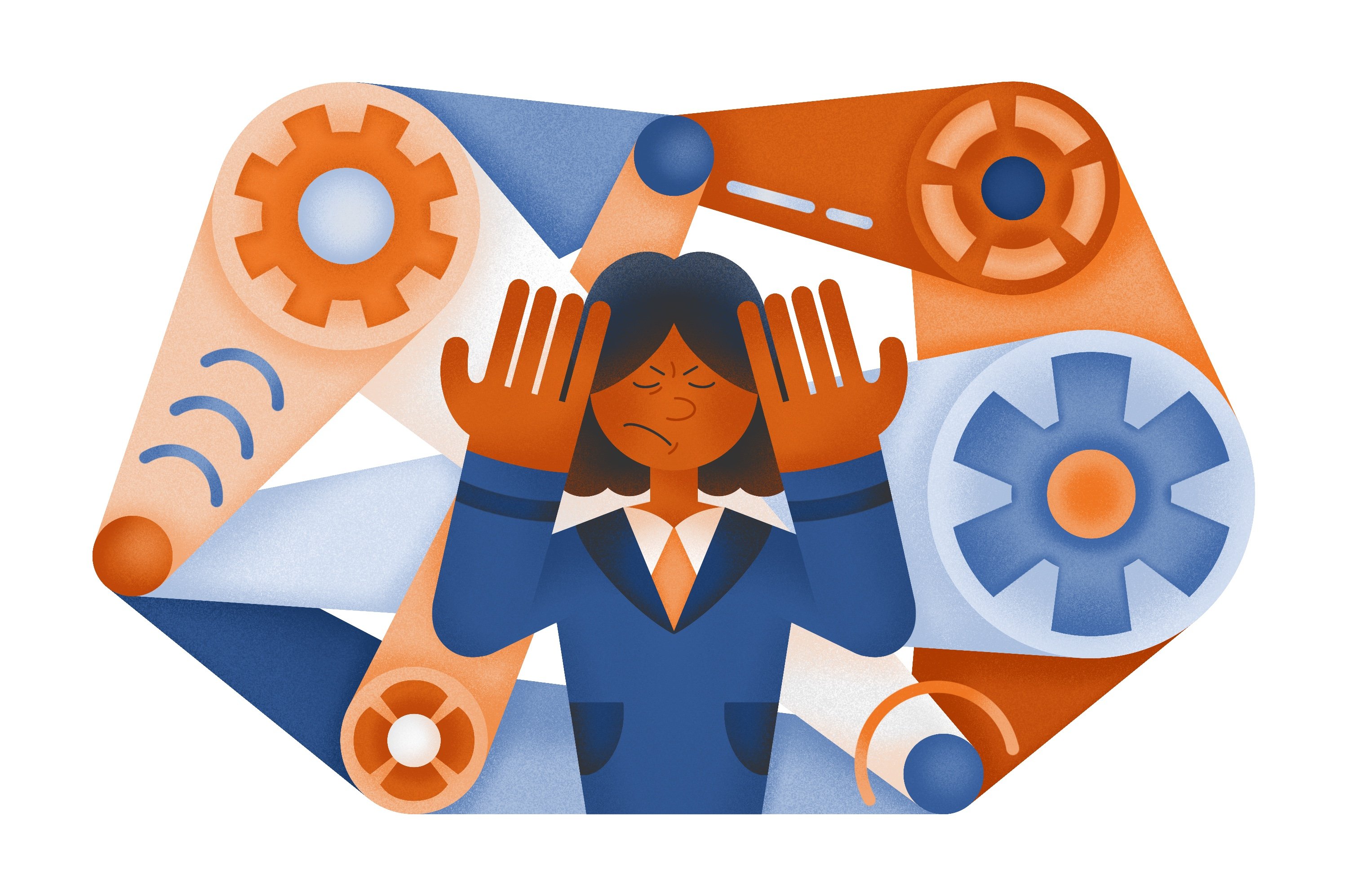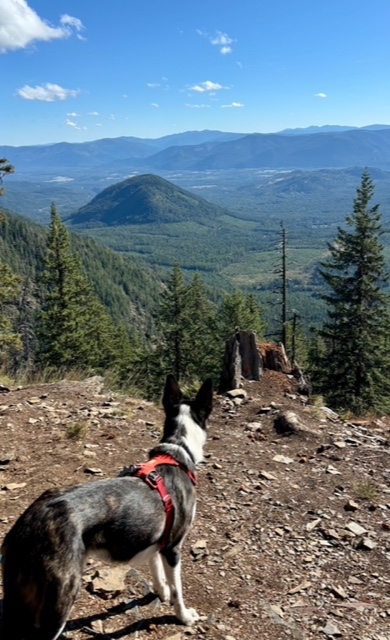From Rachel Toor
There is no map of griefland. I was fortunate to be on sabbatical when, in 2018, a man I was in a complicated relationship with died suddenly. I decamped to a place where I knew almost no one so I never had to hear people ask, concerned hand on arm, how I was. All I did was write. And run in the Marin headlands. And rage. And cry.
So it is hard for me to imagine what it must be like to keep going in a public-facing and demanding job where everyone wants something from you.
You know what I wanted? A black armband to wear for a year to remind others that I was not myself. That I would never again be the self I was before.
In February 2015, I got this email from IHE co-founder Doug Lederman:
My wife, Sandy, entered hospice about 10 days ago, nearing the end of what will probably end up having been a nearly yearlong fight (a rout, really) with liver cancer. The gory details, if you’re at all inclined, can be found on the site we’ve been keeping up, but the bottom line is that we’re going to lose her way, way too young, probably within a couple of weeks at the outside.
I just thought you’d want to know, as I consider you a friend as well as a valued professional colleague. No need to respond, and I hope you don’t mind my being in touch this way.
Bereavement can crack us open. During that time, you learn a lot about the people around you. Who understands. Who offers grace. Who wants you to move on.
And in the aftermath, you learn some things about yourself. I know my husband, Toby, benefits from how I grew during my time in griefland. I suspect Doug’s wife Kate reaps similar dividends.
Presidents, it turns out, are human. They have dogs (at least, the smart lucky ones do). They get divorced. They experience serious illness. They care for aging parents. And difficult kids. Sometimes at the same time. They suffer unimaginable, unspeakable losses.
And yet, they have to go on doing their public-facing jobs.


